Content:
The future apple harvest directly depends on the correctly selected variety. Therefore, it is important for a gardener of the North-West region of Russia to know the best varieties of apple trees for the Vologda region, a description of varieties and the peculiarities of their cultivation.
Natural features of the Vologda region
The Vologda region is a zone of risky farming. Affected by the temperate continental climate with long cold winters and rather short summers. Abundant moisture and waterlogging are characteristic. The north, east and west of the region is occupied by bog-podzolic and boggy soils, the least fertile, with high acidity, low content of humus, potassium, phosphorus.
Fertile areas are represented by peat, floodplain and soddy soils, mainly in the southern part of the region. Arable land has high acidity, moisture, and erosion. Therefore, the gardener needs to choose zoned apple varieties.
Selection of varieties
Despite the harsh conditions, over 500 varieties of apple trees are grown in this region, more than 40 of them are zoned. The main condition for selection is winter hardiness. In order to expand the range of apple trees, several varieties are grafted onto one tree. Consider the most suitable apple trees for the Vologda region, the best varieties.
Antonovka ordinary
Antonovka includes several varieties at once: Antonovka Kurskaya, Antonovka glass, Antonovka simple, Dukhovoe, Antonovskoe apple and others, among them Antonovka ordinary. Varietal trees grow up to 7 m in height at the age of 30-40 years. The round, spreading crown reaches 7 m in diameter. Fruiting begins in the 5-7th year, lasts up to 80 years, and also longer.
The shape of the fruit is round, broadly conical. Protruding longitudinal ribs are noticeable. The light green color turns into light yellow as the fruit ripens. The sweet and sour taste has a characteristic sourness that makes this variety easily recognizable.
Wine
Wine apple variety description speaks of its high winter hardiness. The variety is the result of folk selection. The apple tree has an oval and spherical crown shape. The fruits are slightly less than average, reaching a weight of 110-130 g. The shape of the apples is round-conical or round. The color of the fruit is white with a green tint and raspberry-red stripes or specks. The greenish pulp is juicy, crisp in texture. Sweet and sour taste is combined with wine notes. The beginning of fruiting occurs in the 5th year. The yield is high - up to 170 kg of apples are harvested from one tree. Differs in resistance to scab, moth.
White filling
The tree is of medium size. The crown is thick, reminiscent of the shape of a pyramid, about 5 m wide, sometimes more. The fruits are round, with a slight conical taper. The mass of an apple reaches 200 g. The taste of a loose, white pulp is sweet, with sourness. A distinctive feature of the White filling apple tree is its light gray bark. Productivity is high - a 7-year-old tree gives up to 200 kg of fruit.
Borovinka
Autumn apple variety.The fruits are of average size, weight - from 120 to 200 g. Apples have a regular flat-rounded shape. The fruits are yellow-green with a pinkish tinge. Sharp reddish streaks are visible under lighting. Juicy yellowish pulp is characterized by a pleasant sour taste and spicy aroma. The variety is distinguished by an early onset of fruiting (from 4-5 years), high productivity and excellent winter hardiness. Apples reach maturity in early September and can be stored until November.
Melba
Autumn Canadian variety. A vigorous tree is broad, oval or round. The size of the fruits exceeds the average, reaching 180 g in weight. The shape is rounded-conical or round. Greenish porcelain apples are covered with a scarlet blush. The aromatic pulp has a sweet and sour taste. Fruit ripening occurs in late summer and early autumn. The shelf life is 1-2 months.
Vologda winter
The variety is bred by local breeders and receives only positive reviews from gardeners. The tree is medium-sized, the crown reaches 5 m in diameter. The size of the fruit is small, weighing about 70 g. The shape of the fruit resembles a turnip. The main apple color is light green, with a red blush on top. The variety has early maturity, good keeping quality and excellent winter hardiness, withstanding frosts down to -37 degrees.
There are many more varieties that have a high level of endurance in the winter: Bogatyr, Silver Hoof, Rozhdestvenskoe, Zhigulevskoe, Kandil Orlovsky, Gift to Grafsky, Venyaminovskoe, Baltika and others.
How to choose the right seedling
Experienced gardeners recommend purchasing zoned seedlings directly from nurseries located in this climatic zone. The highest survival rate for one-year and two-year seedlings.
To avoid deception, you need to check how tightly the seedling is consolidated in a coma of earth. If it comes out easily when it moves, then the seller simply stuck a tree with an open root system into a bag of soil. The earth ball must be completely entangled in roots. To avoid the spread of fungi and pests, lumps of earth are treated with a fungicide before planting.
Buying a seedling with an open root system requires attention to the following factors:
- A healthy varietal seedling has light roots, even when cut. They must be elastic. Brown, white spots or outgrowths are unacceptable. Lumps and growths are signs of root cancer. A torn or peeled appearance of the root system indicates the seller's careless handling of the seedling, which reduces its survival rate;
- The trunk, shoots, branches must be fresh and clean, without signs of withering and dryness;
- You should not take seedlings with wounds, spots, scuffs, creases, signs of pest activity;
- Shriveled bark, peeling from wood, signs of mold - all these are indicators of a manufacturer's marriage. It is necessary to check what color the seedling trunk under the bark is, it should be green. To do this, you can slightly pry the bark with your fingernail;
- An annual seedling should be about 80-100 cm long, a two-year-old - 1.5 m. A smaller or larger size indicates a violation of the technology for growing planting material;
- You should not purchase and plant an apple tree with an open root system and already blossoming foliage. Evaporation of moisture from the leaves leads to the drying of the young apple tree from the inside;
- In order for the crown to develop harmoniously, you need to pay attention to the rudiments of the 3 lower skeletal branches. They should be directed in different directions, evenly, at an angle of about 120 degrees.
Advantages and disadvantages of growing apple trees
The natural conditions of the Vologda region require a more careful and careful attitude towards the cultivated varieties. Careful selection of the correct landing site is essential. Apple trees should be planted in a place with good sunlight, in the absence of drafts. Consideration should be given to the depth of groundwater (more than 2 m).
It is required to fertilize the soil well enough with the addition of phosphorus, nitrogen and potassium. Careful preparation for winter is necessary. Even with proper care, some of the apple trees can freeze, so it is recommended to plant different varieties on the site. The result of the efforts made will be to obtain an excellent apple orchard from the most hardy, winter-hardy and productive varieties.
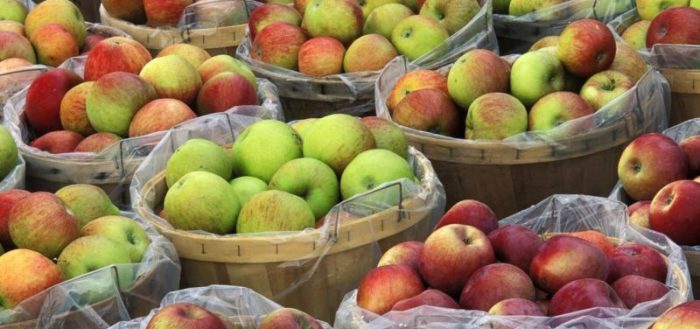

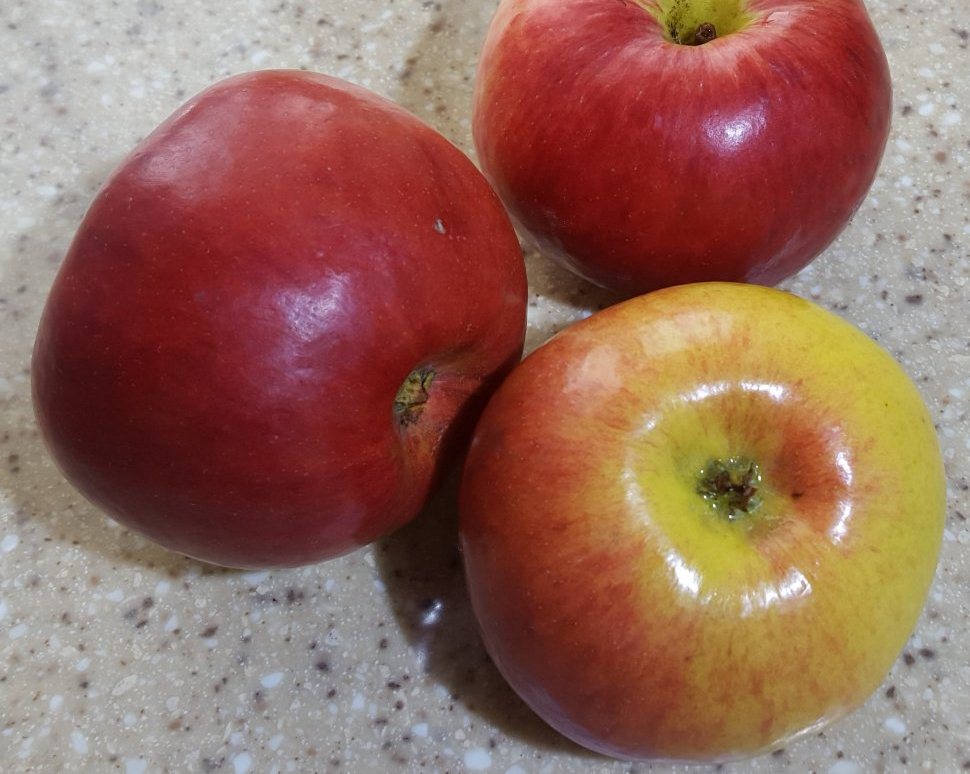
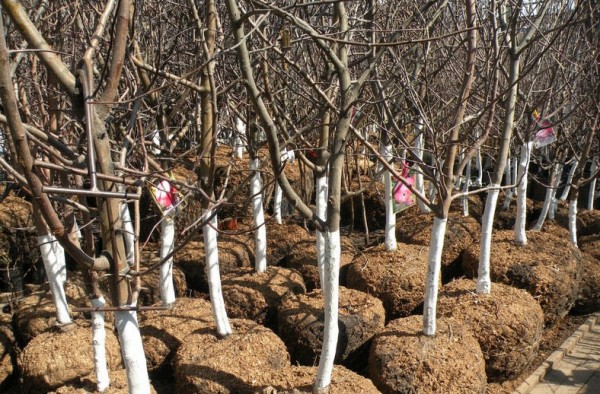


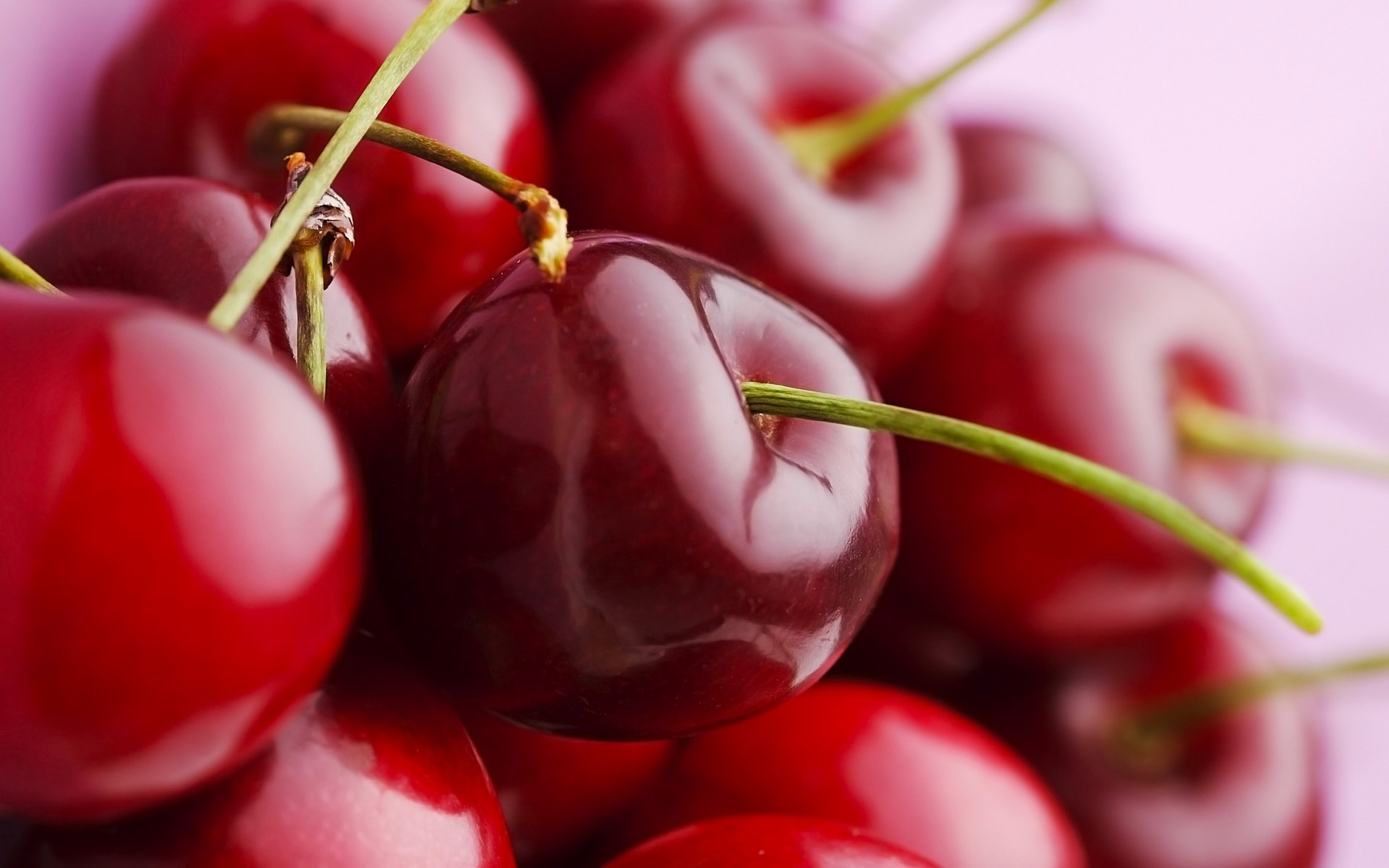
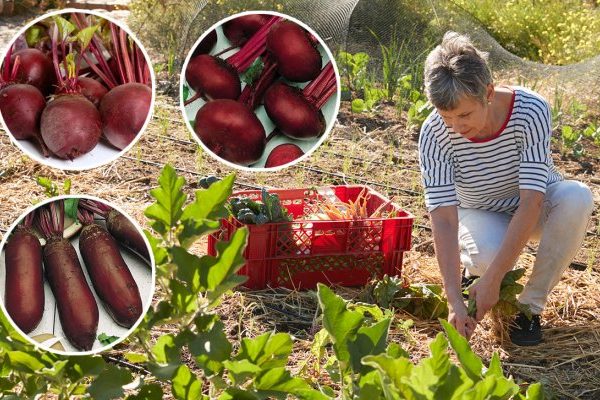
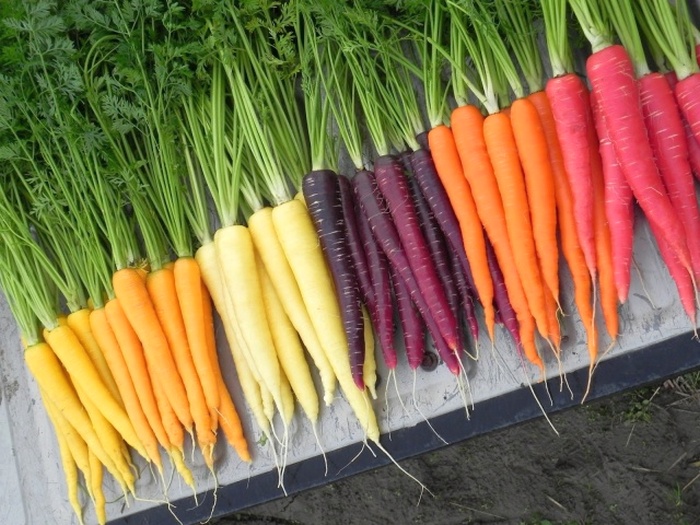







After reading the article, I was surprised that so many varieties can grow and bear fruit in the Volgograd region. I love the variety white filling, it is a pity that it bears fruit only in summer, and not longer, like most other varieties of this region.
And my favorite apple tree is Antonovka. I like the taste not only of fresh apples, but also juice, puree, prepared for future use. Moreover, I roll the blanks without adding sugar. I add it just before use.